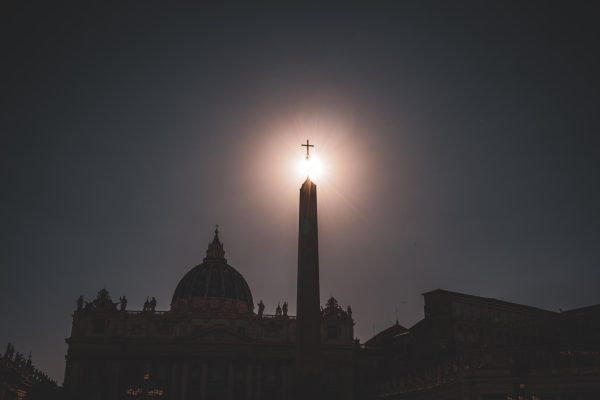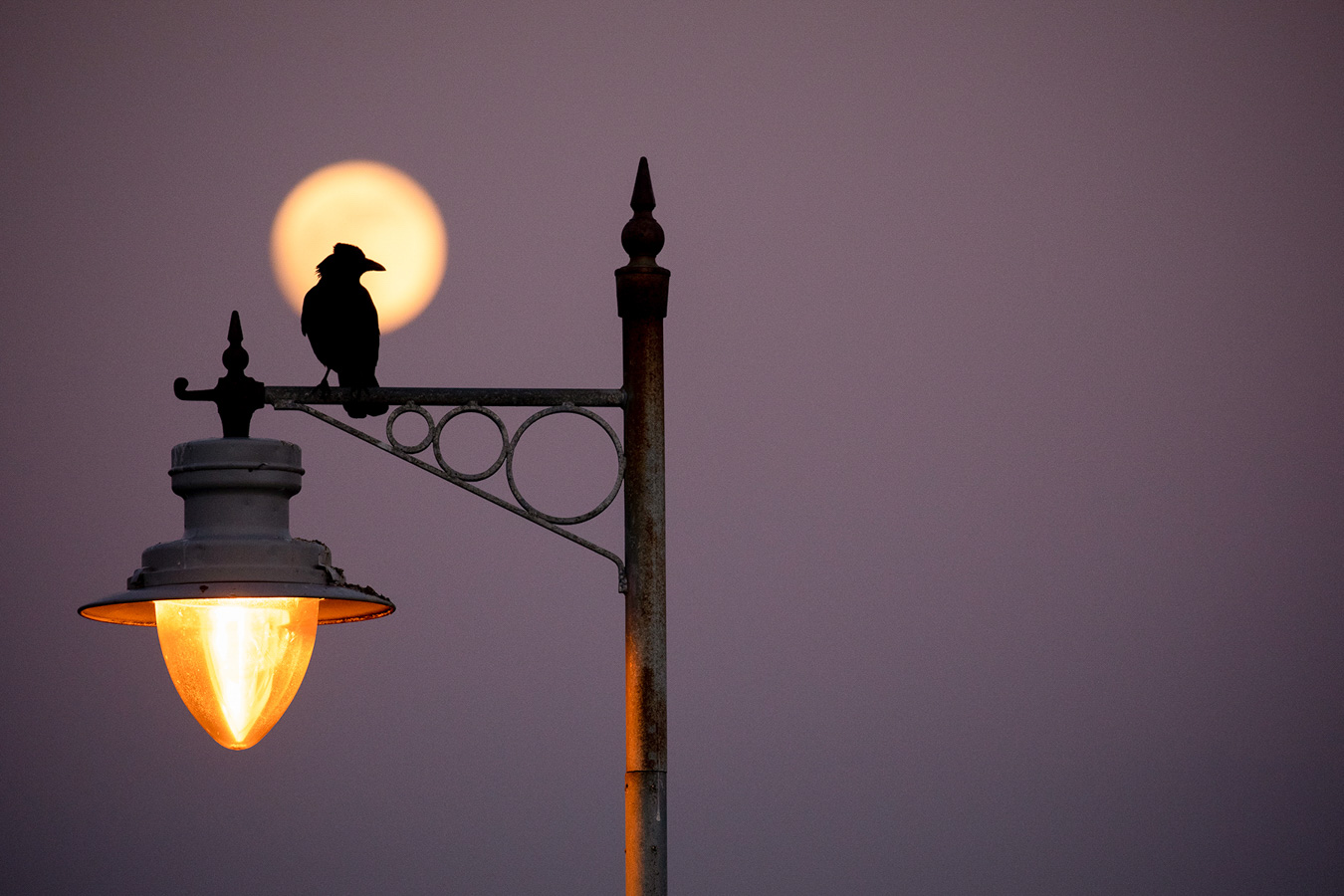Light is defined as “the natural agent that stimulates sight and makes things visible”, but in photography, light goes beyond its dictionary definition, further evolving and becoming a tool for emotions and introspection. Light is used in a multitude of ways, whether soft or dim or bright and intense, light shapes the way we feel about what is presented in front of us, inspiring us to think beyond what’s blatantly given. In photography, light is mainly categorized as artificial light or natural light.
Artificial light is defined as visible, constant light created by technological devices, giving photographers full control over the visual environment by offering the consistency that natural light cannot provide. This light comes from human made sources including LED panels, studio lights, flashlights, lamps, and even screens. With the ability to adjust intensity, direction, and color settings, artificial light allows for a fully customizable set up for any visions that the creator may want to enact.
Artificial light is extremely helpful in studio settings, low natural light environments, and when a specific mood is required. While artificial light offers precision with lighting controls, it often requires more equipment, technical skills, and planning. Using and mastering artificial light involves understanding complex terms like how to modify light diffusers, reflectors, and positioning. The way the artificial light is shaped or directed towards a subject or environment can drastically alter the impact of an image, making artificial light a flexible tool for photography.

When we think of natural light, the sun usually comes to mind, but the moon and stars are just as relevant. Sunlight creates varying highlights and shadows depending on the time of day and weather. Overcast skies diffuse light for a softer look, while golden hour offers warm, glowing tones and long shadows. Blue hour provides cool, even light for a calm atmosphere. Furthermore, the moon can illuminate landscapes, and stars are best captured with long exposures during a new moon.
Natural light is cost-effective and creates photos that often feel more authentic and dynamic. However, it can be unpredictable and harder to control, especially with changing weather or shifting light throughout the day. Learning to read the light by considering quality, direction, and intensity is essential. Using simple tools like reflectors or diffusers can help you shape and soften the light and choosing the right time of day can enhance the mood of your images.
Light is more than just what makes things visible, it is the heart of photography. Whether it’s the controlled glow of artificial lighting or the unpredictable beauty of natural light, each source has its own power to shape emotion, mood, and meaning in a photograph. By understanding how light works and learning to manipulate it, photographers can tell more intentional stories. Next time you step outside or turn on a lamp, pause and observe how light plays across surfaces, how it changes with time, and how it makes you feel.

